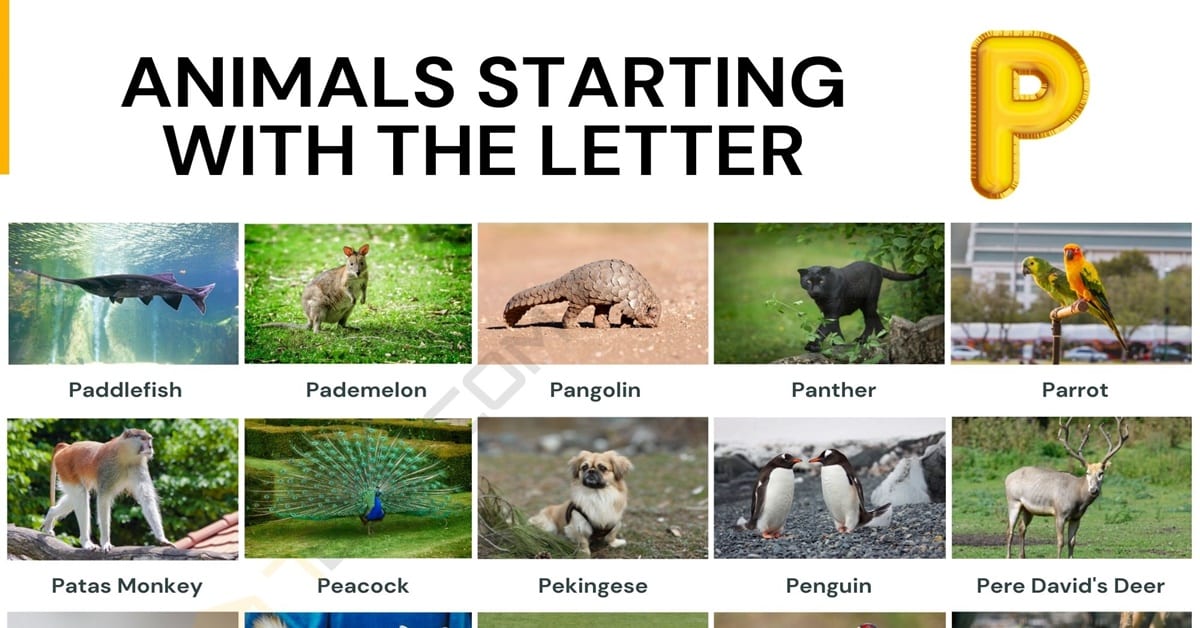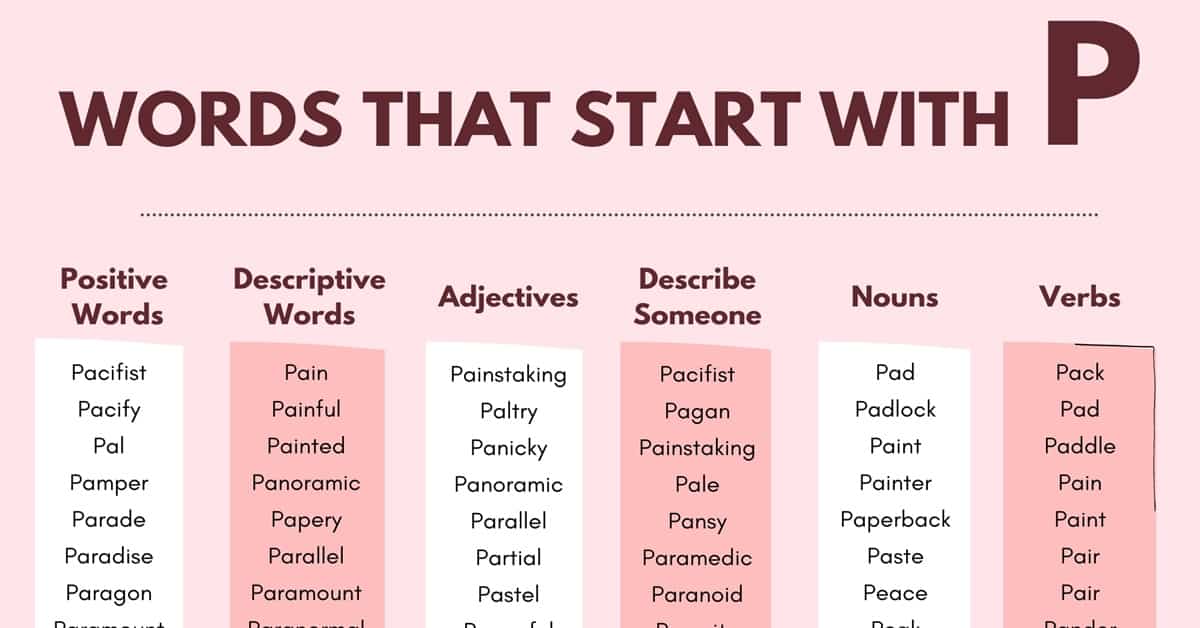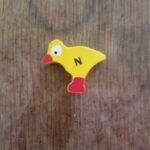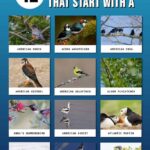Birds Start With P
1. Parrot
2. Pigeon
3. Peacock
4. Penguin
5. Pelican
6. Puffin
7. Pheasant
8. Purple Gallinule
9. Palm Cockatoo
10. Painted Bunting
11. Pacific Loon
12. Palm Warbler
13. Pygmy Owl
14. Peregrine Falcon
15. Pacific Golden Plover
16. Prairie Falcon
17. Pied Avocet
18. Prothonotary Warbler
19. Plumbeous Kite
20. Pinyon Jay
21. Pink-footed Goose
22. Pine Siskin
23. Pileated Woodpecker
24. Plumbeous Vireo
25. Pallas’s Sandgrouse
26. Pink-headed Duck
27. Purple Finch
28. Pygmy Nuthatch
29. Philippine Duck
30. Pale-legged Leaf Warbler
More About Birds Start With P
Welcome to our avian adventure! Today, we are going to embark on a fascinating journey into the world of birds, a diverse and captivating group of creatures that inhabit our planet. In this installment, we will explore various species of birds whose names begin with the letter “P.”
Birds have been a subject of wonder and fascination for centuries. With their ability to soar high in the sky, to sing melodious tunes, and to display a kaleidoscope of colors, birds have captivated the hearts and imagination of humans worldwide. They are not merely creatures of flight but an integral part of our ecosystems, contributing to biodiversity and balancing nature’s delicate tapestry.
As we delve into the realm of birds starting with the letter “P,” prepare to encounter a range of unique and awe-inspiring species. From majestic birds of prey to dainty songbirds, there is something special waiting to be discovered.
Our flight begins with the Peregrine Falcon, a raptor known for its exceptional speed and remarkable hunting techniques. With the ability to dive at astonishing speeds, reaching up to 240 miles per hour, the Peregrine Falcon is the fastest bird in the world. This magnificent creature showcases the true power and agility of birds in the wild, leaving observers in awe of its aerial prowess.
Moving on to the vibrant and beautifully plumaged species, we encounter the Painted Bunting. This small songbird stands out with its incredible array of colors. The males, adorned in vivid hues of blue, green, and red, transform the landscape with their dazzling presence during the breeding season. The Painted Bunting serves as a reminder of the kaleidoscopic beauty that birds bestow upon our world.
Next on our list is the Pelican, a bird revered for its remarkable hunting technique. With its large throat pouch, the Pelican effortlessly scoops up fish from the water, showcasing its superior diving skills. Found across the globe in both coastal and inland habitats, these graceful birds are a symbol of patience and precision.
Our journey takes us further to the mysterious depths of the rainforest, where we encounter the Paradise Tanager. This small and vibrant bird is a living gem, with its electric blue head, green body, and scarlet feathers. Its beauty is unparalleled, and with a habitat nestled in the dense foliage, the Paradise Tanager remains an elusive and sought-after sight for avid birdwatchers.
Our exploration of birds beginning with “P” wouldn’t be complete without mentioning the vibrant Plum-headed Parakeet. Native to the Indian subcontinent, this avian gem showcases an enchanting display of colors. With its striking emerald green body, contrasting dark plum head, and vibrant red beak, the Plum-headed Parakeet is a sight to behold and a testament to nature’s artistic brilliance.
As we conclude our introduction to birds starting with “P,” remember that these are merely a select few representatives of the vast avian world. Birds are an integral part of our ecosystem, holding ecological importance and surprising us with their beauty and adaptability. By exploring these fascinating creatures alphabetically, we hope to ignite your curiosity about the immense diversity that exists within this feathered realm.
In our upcoming articles, we will delve deeper into the lives, behaviors, and conservation efforts of these birds starting with “P.” So, keep your binoculars close and your curiosity aflame as we soar through the skies in search of more avian wonders.
Birds Start With P FAQs:
1. Q: What is a popular type of bird that starts with the letter P?
A: The popular type of bird that starts with P is the Peregrine Falcon.
2. Q: Are all parakeets considered p birds?
A: No, not all parakeets are considered p birds. Parakeet is a term used for any small to medium-sized parrot with a long, slender tail, and it includes various species that start with different letters of the alphabet.
3. Q: Can you name a few more p birds?
A: Yes, some other p birds include Peacocks, Pelicans, Puffins, Penguins, and Pheasants.
4. Q: Are there any p birds that are excellent mimickers?
A: Yes, a fantastic mimicker starting with P is the Parrot. They are renowned for their ability to mimic human speech and various sounds.
5. Q: Which p bird is known for its elaborate courtship dance?
A: The Peacock is known for its elaborate courtship dance, where it fans out its stunningly beautiful tail feathers to attract a mate.
6. Q: Do all p birds migrate?
A: No, not all p birds migrate. While some species, like Penguins, have unique migration patterns, others, such as Pelicans, may have more localized or non-migratory behaviors.
7. Q: What are the primary habitats of p birds?
A: The primary habitats of p birds can vary depending on the species. However, many Plovers, Parrots, and Puffins can be found in coastal regions, while Pied-billed Grebes and many species of Passerines prefer freshwater habitats.
8. Q: Are any p birds endangered?
A: Yes, some p birds are endangered. For example, the Philippine Eagle is critically endangered, primarily due to habitat loss and hunting. Conservation efforts are crucial to protect these species.
9. Q: What is the smallest p bird?
A: The smallest p bird is the Pygmy Owl, which measures just 4 to 6 inches long and weighs around 2 ounces.
10. Q: Do p birds have any significant impact on the ecosystem?
A: Yes, p birds play an essential role in their respective ecosystems. They contribute to pollination, seed dispersal, prey control, and maintaining the balance of various food chains.


















